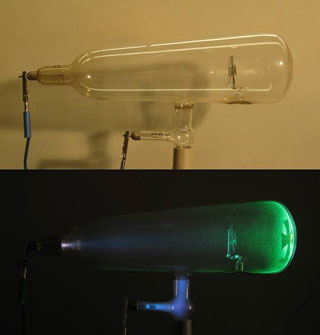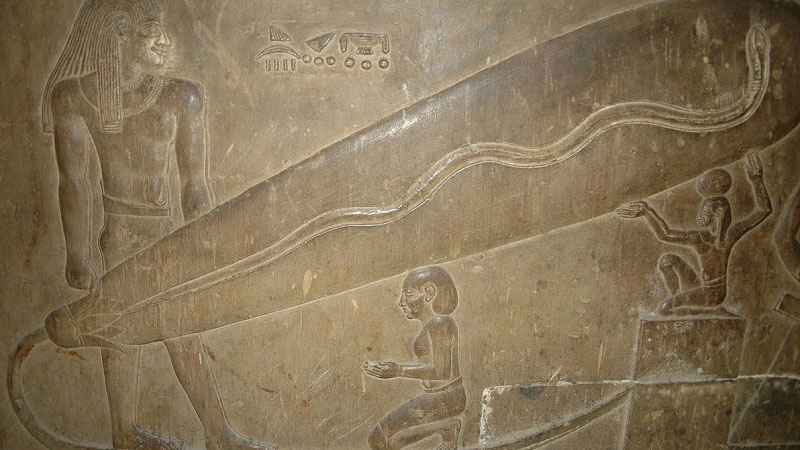A relief depiction in the Temple of Hathor, located in the Egyptian temple complex of Dendera, which became known as the “Dendera Light” has been one of the great sources of controversy in Egyptian history, as Ancient Astronaut Theorists interpret the depiction as evidence of a modern lighting system resembling a Crookes tube.
Among those who support this theory is Erich von Däniken, author of the best seller “Chariot of the Gods”.
Proponents of this theory claim that electric light would provide an explanation for the absence of “lampblack” in many discovered tombs. Lampblack is the carbon residue left by burning fuels that occur in torches or oil lamps.
Dendera Light are often used in a context similar to the “Battery of Baghdad”, on the assumption that ancient cultures were much more advanced than we believe.
The inscriptions around the relief of the “Dendera Light” refer to the “rising sun that will spring from a lotus flower in the form of the serpent god Sematawi”, which leaves room for many interpretations.
The image would be a combination of a lotus flower, a pillar of Djed, which is a symbol of stability, symbolized by outstretched arms, and a snake rising from the flower through Nut’s womb.

The dominant view among Egyptologists interprets the reliefs as being the womb of Nut, the sky goddess, who is also a common representation of night. So the image can show the rising sun making its way through the night.
Even with the explanation of Egyptologists, the drawings continue to generate controversy.
Many are not convinced by the hypothesis presented by historians, preferring to believe that the ancient Egyptians mastered the technology of electrical energy.


















